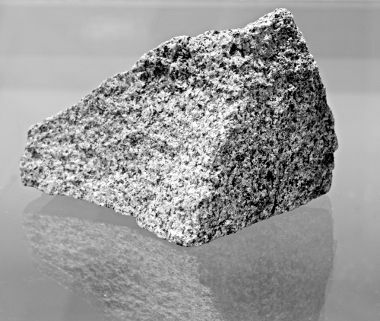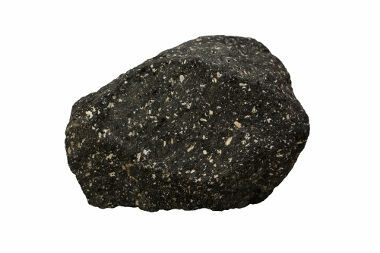At igneous rocks – also called magmatic rocks – are those originated at high temperatures from the magma solidification. They constitute highly resistant geological formations with a high level of hardness, being important for obtaining ores and producing materials derived from their composition.
If we consider the entire volume of the Earth's lithosphere, we conclude that almost 80% of its composition is formed by igneous or magmatic rocks, which reveals the importance of knowing a little more of that rock type existing.
The difference between igneous rocks in relation to others - metamorphic and sedimentary – in addition to its origin, it is in its texture, which is directly influenced by the magma cooling process. However, this characteristic can be modified as a function of the magma's cooling rate: when accelerated, there are fewer crystalline structures and more glassy (non-crystallized) structures; when gradual, the presence of crystals is greater.
For this reason, it is important to classify igneous rocks, which can be subdivided into two main types: extrusive and intrusive.
At intrusive rocks – also called plutonics or farenitic – are those that originate in the Earth's interior, when magma penetrates through the cracks in the rocks and solidifies. As this process is slower, harder rocks are formed and with larger and better defined crystalline formations, such as granite, syenite and diorite.
Do not stop now... There's more after the advertising ;)

Diorite, example of intrusive or plutonic igneous rock
At extrusive rocks – also called volcanic or aphanitic – are those that form in the highest layers or on the Earth's surface, usually by the expulsion of magma in the form of lava by volcanoes. As surface temperatures are much lower than those in the Earth's interior, the magma solidifies much more quickly, forming rocks with finer grain, such as basalt, rhyolite and the andesite.

Andesite, volcanic rock that gets its name because it is abundant in the Andes region
Igneous rocks have always been of great importance to humanity. In prehistory, for example, these rocks were used to make tools because they were more resistant. In ancient civilizations, during the construction of walls and buildings, they were also widely used. In addition, these rocks have a large amount of minerals, in addition to being economically exploited for the most diverse purposes.
By Me. Rodolfo Alves Pena
Would you like to reference this text in a school or academic work? Look:
PENA, Rodolfo F. Alves. "Igneous Rocks"; Brazil School. Available in: https://brasilescola.uol.com.br/geografia/rochas-igneas.htm. Accessed on June 27, 2021.


